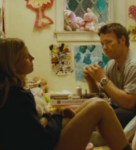
This content is protected against AI scraping.
This is one of my favorite tips for how to write good dialogue…
Give your characters something to do while they talk!
The wonderful movie Warrior has a great lesson in how to write good dialogue. In one scene, a science teacher who moonlights as a fighter talks with his wife late at night while he repairs his girls’ dollhouse furniture. This is a brilliant action that tells you so much about the kind of guy he is, and it makes their conversation about bad financial news all the more compelling.
In fiction, giving your characters something to do while they talk is one of my favorite dialogue techniques, because can also add more depth or interest to the conversation. Additionally, it opens up new ways for them to express themselves through movement and body gestures. If someone’s having an argument while he unloads the dishwasher, he might bang the pots and pans around. If she’s jogging with a friend who tells her something shocking, she might stop in her tracks. If you want to know how to write better dialogue in your novel, this is one really good way!
If all the conversations in your story consist of people sitting and looking at one another, you might want to mix it up. Here are a bunch of things your characters could be doing while they’re talking. In some cases, maybe only one person is doing the action, while in other cases, both or all of the characters may be doing it.
Some actions may underscore the conversation, and others may provide an ironic contrast to it. I made most of these things pretty normal and everyday, but some of them are more unusual. The list will probably make you think of a lot more things that could work for your characters or your story.
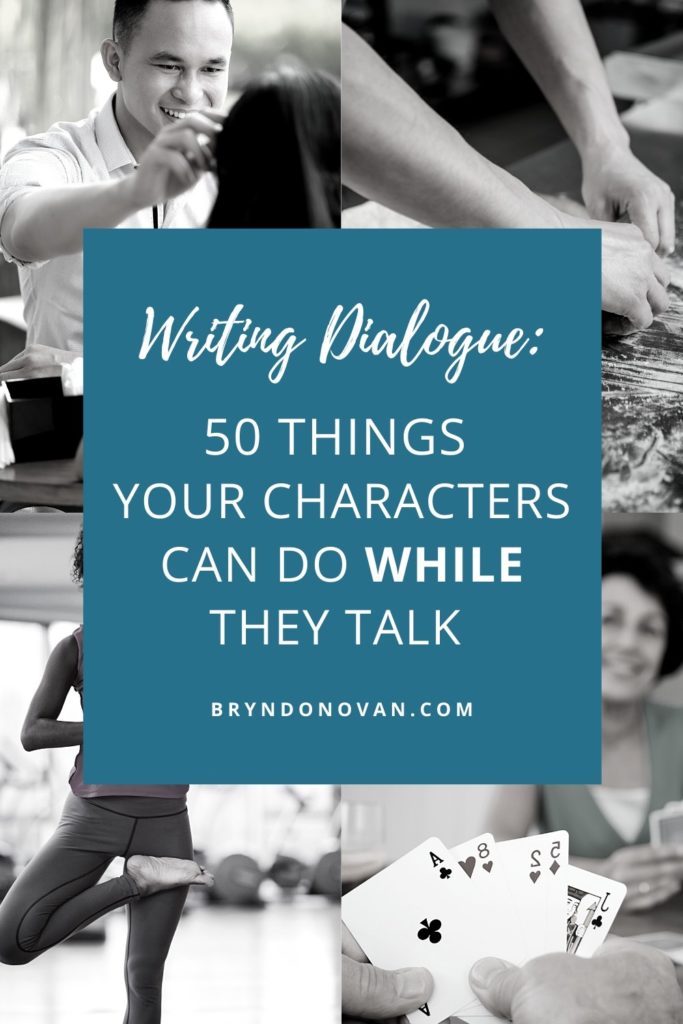
- Walking the dog.
- Playing with a dog or cat—fetch, a laser pointer, etc.
- Hiking or bicycling.
- Folding laundry.
- Gardening or planting a tree.
- Digging a hasty grave.
- Shooting at a firing range.
- Decorating for a party, Halloween, or Christmas.
- Wrapping gifts.
- Polishing or repairing weapons or armor.
- Sharpening a sword or kitchen knives.
- Brushing or braiding hair — their own, or someone else’s
13. Painting their nails, or someone else’s nails.
14. Getting dressed or undressed (or helping a kid get dressed, or trying on different outfits.)
15. Sewing, knitting, or crocheting.
16. Getting a tattoo. Or giving one.
17. Counting change, and/or making rolls of dimes or quarters.
18. Packing a bag.
19. Going through boxes of old stuff in an attic or basement.
20. Unpacking boxes in a new home.
21. Washing a stain out of something.
22. Cleaning up a mess — like spilled food or drink, an overflowing toilet, or a smashed lamp.
23. Building or tending a fire.
24. Playing golf or mini-golf.
25. Playing cards.
26. Playing basketball.
27. Untangling a necklace or a fishing line.
28. Lifting weights.
29. Lifting weights.
30. Taking an exercise class.
31. Cooking, baking, or grilling.
32. Doing the dishes or putting dishes away.
33. Painting a room.
34. Showering.
35. Putting on makeup.
36. Shaving.
37. Woodworking.
38. Dancing.
39. Sparring.
40. Punching a punching bag.
41. Grocery shopping.
42. Restocking shelves or pricing items.
43. Watering houseplants or feeding the fish.
44. Giving someone a shoulder or foot massage.
45. Going through a place searching for something.
46. Tending to a wound, drawing blood, or giving someone a shot.
47. Browsing in a bookstore or library.
48. Fixing a motorcycle.
49. Changing a tire.
50. Changing a baby’s diaper.
51. Collating and stapling papers.
My book Blank Page to Final Draft, which takes you step by step through writing a novel, contains all kinds of help with every element of fiction. Check it out!
If you have any advice about combining action with dialogue, or you’ve done it in a way that worked out well, let us know in the comments. Happy writing!


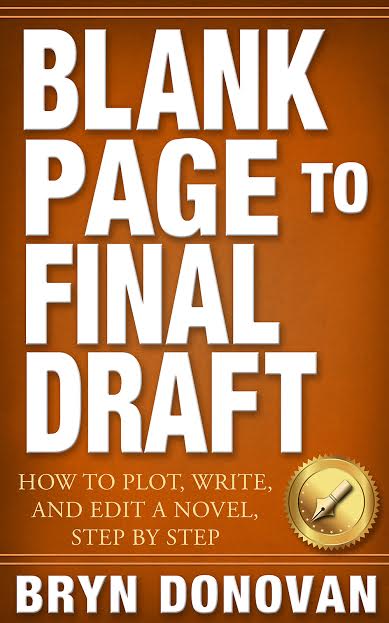




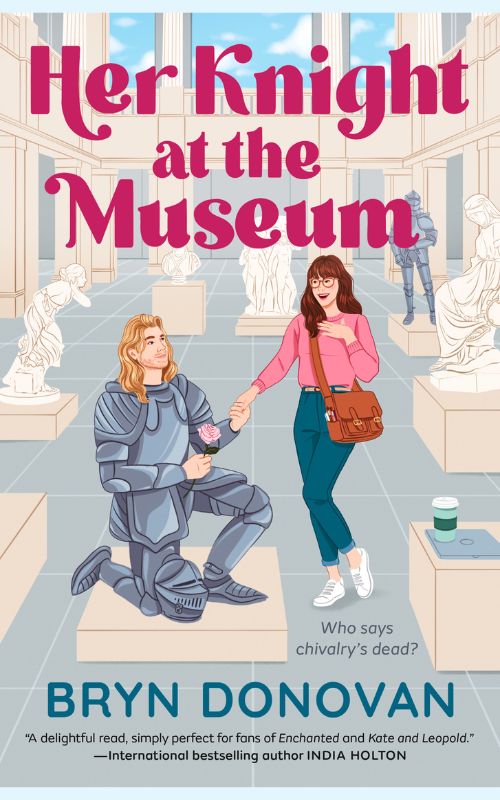

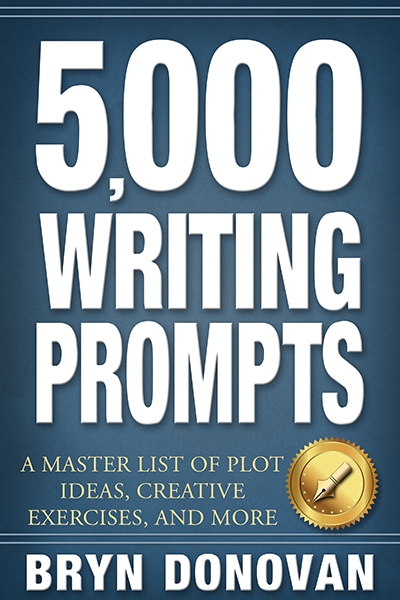
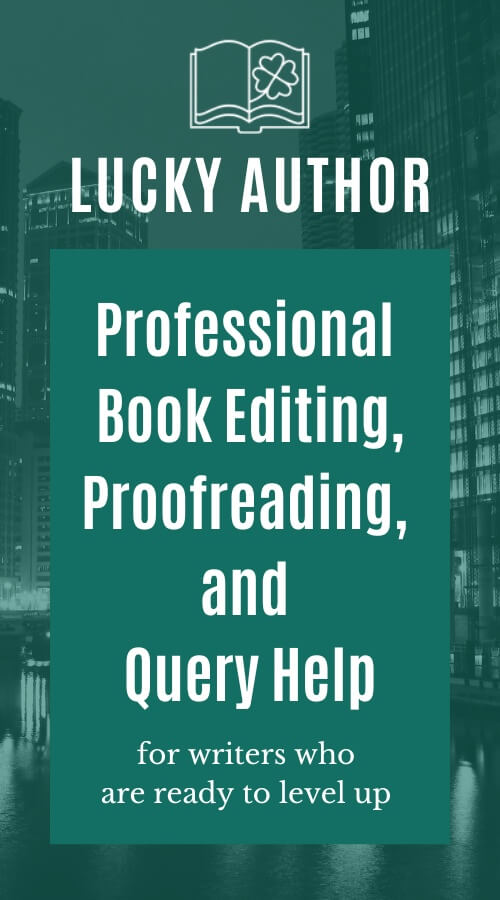
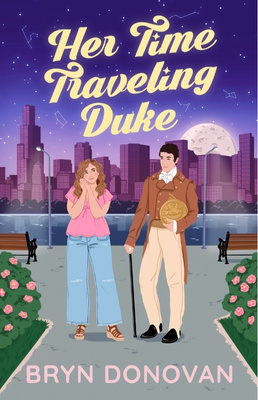

Very helpful – thanks! I never thought of it in terms that the actual action is a character revealing tool.
Thanks! Yeah, I’ve been thinking a lot about how to reveal character through pure action — not my strength, I would say, but now that I’m thinking about it, I can get a lot better at it. 🙂
Reblogged this on From the Depths of my Mind and commented:
A list of 50 things your characters can do while in the midst of conversation.
Reblogged this on My Kitchen Sinks.
I’m struggling with some dialogue in a short story and this article helped me get past a weird exchange. Combining action and dialogue is also helping me meet my word goal. Thanks for sharing 🙂
Ahh, so glad it helped, Caitlin! It’s something I am still working on myself 🙂
Very nice! I love using the characters’ surroundings to emphasize whatever is happening. There’s a fab example of this in The Great Gatsby when Gatsby has Daisy over for the first time. Gatsby knocks over a clock (hello, symbolism) and spends the awkward first few minutes fidgeting with it. Such a great moment!
Oooh, I had forgotten about that. What a great example!
Great article! I got a satisfactory result once when my main character, a radical militant girl in the 1910s, talks about politics with her more moderate uncle while she cooks breakfast for them both.
Ah, that sounds really good. (And it sounds like an interesting story!)
Reblogged this on Author Kelly Miles and commented:
Great ideas for your characters!
Thanks for sharing Kelly!
You’re welcome! Great information & I can always use the tips.
Reblogged this on Ithileth.
This is great, thank you! I’m ready to think up some more!
This is something that has always come very naturally to me, largely, I believe, because of how much its lack frustrates me when reading. So often I see he said…
She said…
He said…
She said…
Etc. ad nauseam
And the whole time I’m just getting more and more annoyed because I don’t know what they’re DOING while they talk.
However, it never occurred to me to use those dialogue actions as a vehicle for character development! Thank you for that!
Ah thanks for commenting, Kevin! I am honestly embarrassed at how long it took me to realize I could use action to signify who was talking… and then it took me even longer to understand how those actions could help with character development. But hey, I’m learning all the time. 🙂
When I first took a creative writing workshop, my instructor called these image moments. These are so helpful and not the normal. run-of-the-mill moments.
“Image moments” — I like that! Thanks for reading, Madeline, and for the nice feedback!
A firing range might not be a good place for a conversation. It’s almost impossible to try to talk to someone while other people are shooting and also everyone has ear protection on– even when no one is shooting you have to practically yell and end up repeating yourself. Good place for thinking, though.
Haha, I wrote this post right after going to a firing range for the first time! I was with a friend, and we did talk, but you bring up a great point. You do have to yell a lot. Thanks for reading, Jennifer, and for commenting!
I’m trying to write my own novel as well and I can’t seem to get how to describe a moment and when adding the dialogues
I love your blog, love these tips, coming here keeps making my day.. love the comments, too! 🙂
Oh, Helga, thanks so much! I appreciate your visiting. (The comments are my favorite part, personally!)
Good food for thought Bryn and something to give more depth to your characters and story. I will certainly consider how and if a characters actions can add to what they are saying and will be interested on how it moves the story along. Cheers
Hi, Kevin! So glad you liked it. Honestly, this (like almost every writing thing I blog about) is something I need to do more often myself! Thanks for stopping by!
Your site is definitely a chest of writing gems! I pinned a lot of great ideas and helpful tips. Kudos! ?
Helpful tips I will reblogged it on unitytubes.com
Love these tips! I write a lot of fantasy and sci fi/dystopian, so that sometimes takes a different approach. Like someone else above said, I also use a lot with the environment, and also make emphasis (assuming the main character is quite good at noting details) at catching things like fidgeting, expressions, or a flash of an emotion. Also if one is doing fantasy, dystopian, etc. with fights (particularly 1 vs 1) then I often have them talking while they fight, as they rotate around each other, right before a slash. Things like that. Also I don’t believe I saw it on the list, but searching on a phone, hacking into a PC, scanning for clues, etc. Just really depends on the genre!
You have covered some nice points here .I really appreciate the info and ideas. I love your blog!
Oh my god, how much time have I been trying to make a dialog less boring? Since forever. Thanks for the grate ideas!
Sometimes if I’m on a roll with dialogue, I’ll just go with it. Then, I’ll go back later and add in bits and pieces of action to it so the characters aren’t talking heads. It helps to separate the two sometimes and then bring it all together. Thanks for the great ideas!
So, say the characters are in high school (a boarding school). Any ideas for what they may do while they speak there? Completely stuck on a section of dialogue right now.
Hi Ashley, I’m not Bryn, but I grew up in a boarding school overseas… We had weekly and daily chores. Perhaps your characters can have convos while they are doing their chores… dish crew, laundry crew, cleaning bathrooms, etc. Shenanigans on the long, elevated boardwalks that stretched between the school building and the dormitories. Playing pranks on the Boys Dorm. Having a progressive dinner going from staff house to staff house. Trying to have conversations late at night without waking dorm/room mates, or the dorm parents… Trying to sneak off campus. Entertaining visitors and showing family around the dormitories/school/gym/etc. Building forts in the large clumps of bamboo that grew all over. Riding in the school vehicle into town to go shopping. Interactions with the locally hired house helper girls. The possibilities are endless! Good luck!
Kids might go through their texts on their phones, only half listening. They may watch other students. Girls may go through a closet, picking out clothes for a special event. Moving through line at the cafeteria. Gym class.
Thank you so much for this blog. As a new writer ( busy with the final chapter of my first novel) I am so happy to have come across this info and wish I had found it much earlier….
I know this is probably the most boring request but – could you offer ideas on a straight forward situation of three people sitting at a table in a restaurant ( Wimpy). two of them are male cops and they are interviewing a female witness on a possible homicide that she has witnessed.
many thanks in advance
Moira
I know this is a year too late, but… One of them could take a drink of coffee or stare into the coffee cup. An officer could flip his notebook open or flip pages or write in it. She could shred her napkin in her lap or play with the silverware (maybe flip a handle back and forth between her hands) or keep stirring her coffee. If an officer is facing the door, his gaze can go to the door each time it opens.
This might seem a little weird but trying to start a car can elicit some interesting conversations. My MC’s dad is a federal judge but restores muscle cars as a hobby. They’ve shared many father-daughter moments as she struggled with the post-restoration start-ups of his project cars.
I love reading all you material on writing suggestions. Keep up the good work. I think it’s nice someone like you helping writers like me.
Oh Brenda, that’s so nice! Talking about writing is pretty much my favorite thing. I learn a lot from other people’s comments, too. 🙂 Thanks for reading!
I linked this list in a reply on another site to give someone an idea of what to do with dialogue. Thanks for the list. Here are two that I have used. One is a variant on getting dressed, and the other is new.
1. A knight and his squire converse while the squire helps his knight remove his armor, bathe, and dress for the feast following a tournament.
2. The protagonist puts sunscreen on his girlfriend’s back and legs at the beach. During their conversation, he quotes part of E.B. Browning’s ‘Sonnet from the Portuguese Number 43’ (“How do I love thee?”) – among other topics.
Dear Bryn,
Yours is such a fresh approach!
I learn something just skimming the titles of your posts!
How long has your blog been available?
Wishing you every success,
April